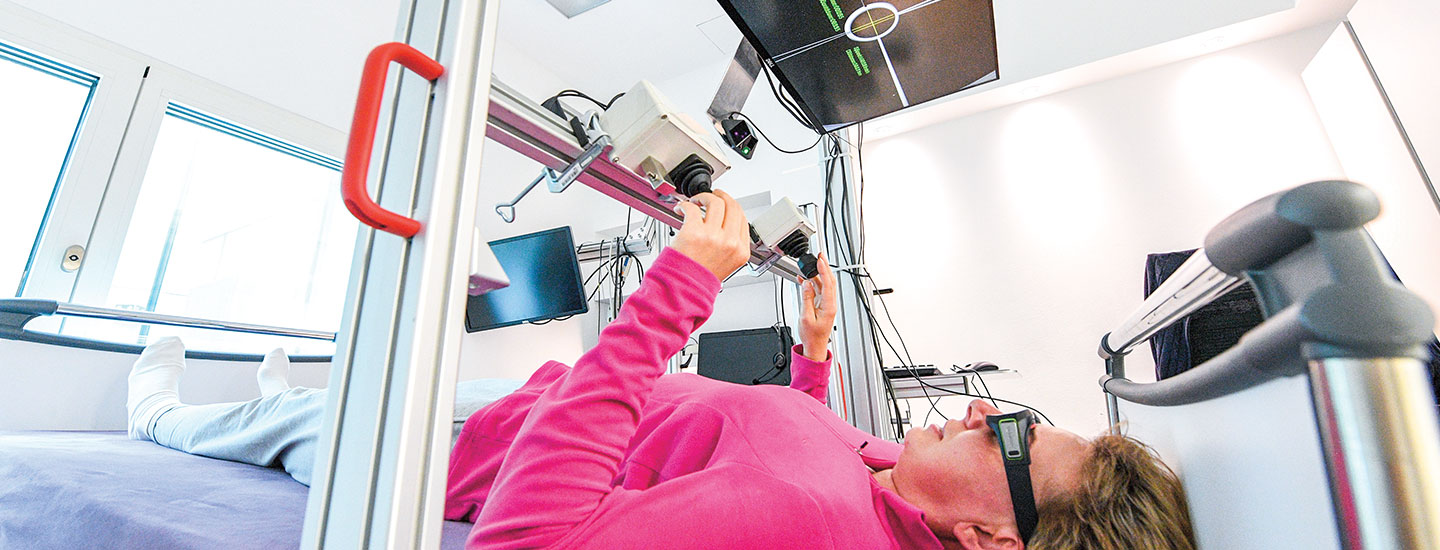Does two months of lounging around with unlimited TV, video games, catered food, and no chores sound like fun? It might to a lot of people. And that’s exactly what the German Aerospace Center is asking members of the public to do as part of a new study. Participants will even get paid $18,500 for the effort. But here’s the catch: For the entire 60 days, volunteers have to stay reclined in bed. They can’t get up—for any reason.
Everyone in the bedrest study will have to do everything lying down: change clothes, bathe, and even use the bathroom. At the same time, researchers will be poking them with needles and running daily medical tests. Each day, the scientists will also place some of the subjects in a giant spinning machine called a centrifuge.
Picture yourself lying around for two months with all the TV and video games you want. People bring you food, and you have no chores. Does that sound like fun? It might to many people. The German Aerospace Center is asking members of the public to do just that. It’s all part of a new study. Volunteers will even get paid $18,500. But there’s a catch. For the entire 60 days, they have to lie in bed. They can’t get up—for any reason.
Everyone in the bedrest study will do everything lying down. That includes changing clothes, bathing, and even using the bathroom. And researchers will be poking them with needles and running daily medical tests. Each day, the scientists will also place some of the subjects in a centrifuge. That’s a giant spinning machine.

